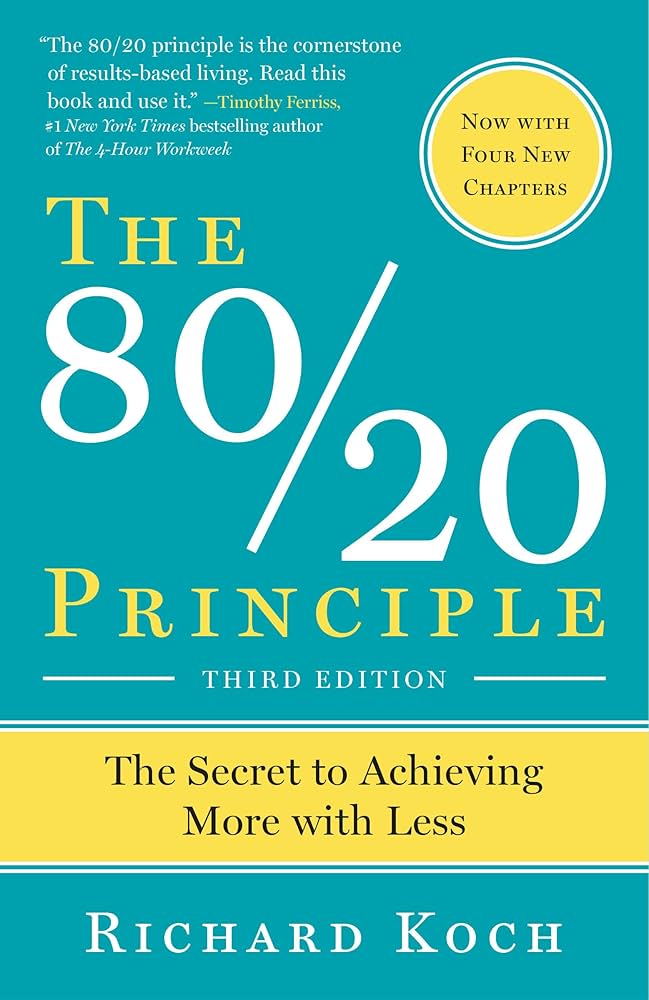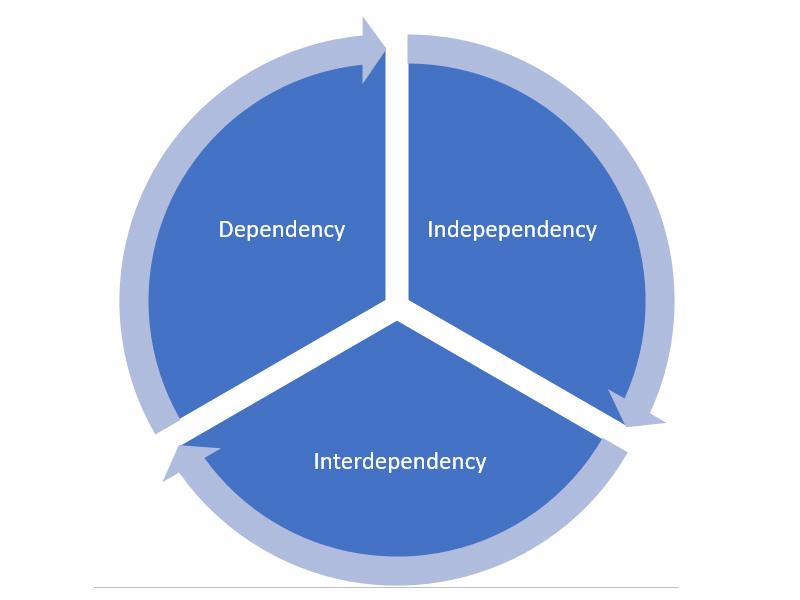Currently Empty: UGX 0

The things to do are becoming too many in the fast-paced world, choosing what is truly more critical can be a daunting task.
That’s the reason Richard Koch comes in with a powerful 80/20 Rule. He argues that roughly 80 percent of the work results is derived from the 20 percent of the work effort, or input.
In the world we live in, there are so many imbalances and he argues that they are normal but many people feel they are unfair. One such example is the uneven distribution of wealth in the universe: where 20% of the population own 80% of the wealth, we easily call it social injustice.
The HASH REALITY is that not all work or effort produces the same reward.
You must be wondering what is in it for me in the 80/20 Principle for my everyday life.
Let’s look at it from a student perspective. Just imagine if you could start preparing and revising for your end of semester examination immediately you start the semester and sustain the same effort for the entire semester, as opposed to the last one week or one month rush to the examination as it is normally the case. How different would the results be?
Let’s now look at it from a negotiation perspective. Reflect about it. What normally happens is that you go for a negotiation meeting with a list of the things to negotiate. But it’s normally a long list. Have you ever imagined if there are 10 points, what are the critical 2 points that you could focus on. An 80/20 point of view that would probably reveal only a few 2 or 3 of the points that really matter to you, so that you focus on winning them rather than trying to argue for all points to go in your favor.
In a study conducted by Richard Koch the author of the 80/20 Rule at a company producing electronics, he found that the top three products accounted for 19.9 percent of the total sales but brought in a whopping 52.6 percent of total profits.
As opposed to traditional or conventional thinking, linear thinking assumes all causes and inputs are equally important—that’s not true at all.
Let’s analyze it from the time management angle. If your goal is to increase the efficiency with which you use your time. It means you have to fit more tasks into a given period of time. How do you do that—the first step is to categorize your daily activities according to your priorities. Then, the number one problem arises. Do you know which of your tasks are the most important? Can you identify them in your to-do-list? I met a guy who defined 6 out of the 10 items as high priority. Those are too many high priorities. Forcing many high priorities is not a solution.
Richard Roch’s firm in contrast focused on the most important 20 percent of clients’ issues and used the time they saved to support clients in implementing recommendations. This approach helped them outstrip other consulting firms and increase their clients’ profits.
He argues that this is the kind of “revolution” you need in your life. In short, the 80/20 Rule can apply in many areas where 20% of the input can produce 80% of output. Giving more focus on what’s important produces more and better results than trying to do everything with minimal overall impact. This way you can be more efficient, improve motivation and productivity.
He warns that the 80/20 rule is a simplification but in reality, the ratios differ a bit. What remains undisputed though is that what we do is roughly divided into two categories: a minority that has a great impact on the results and a majority that has only a small impact, hence, the 80/20 split logic.



